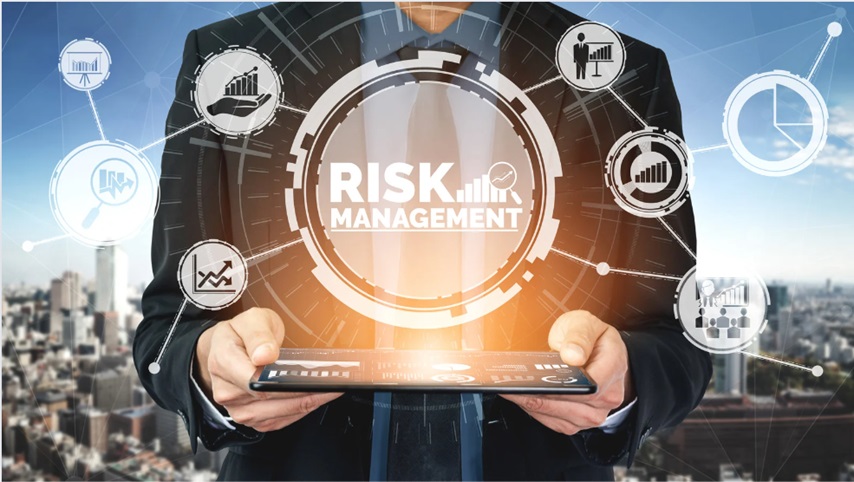The Impact of Cybersecurity Threats on Third-Party Risk Management

In today’s interconnected digital landscape, organizations increasingly rely on external partners for various services, which makes effective third party risk management software essential. By utilizing robust solutions, healthcare providers can mitigate risks associated with third-party vendors while enhancing compliance with industry regulations. Consequently, organizations can better manage their operations while ensuring patient data remains secure.
Understanding Third-Party Risks
The risks associated with third-party vendors can range from data breaches to service interruptions. Each vendor introduces potential vulnerabilities, as their security practices directly impact the primary organization. The implementation of comprehensive risk management strategies becomes vital in addressing these issues, especially in the healthcare sector, where patient information is highly sensitive.
Benefits of Effective Risk Management Tools
Utilizing proper risk management tools empowers organizations to evaluate and monitor their vendors effectively. They not only assist in identifying potential risks but also streamline the onboarding process and ensure compliance with regulations. Additionally, having a clear understanding of vendor performance helps in making informed decisions regarding partnerships and resource allocation. For further insight into the importance of managing these risks effectively, you may check out this blog.
Cybersecurity Measures and Best Practices
Implementing strong cybersecurity measures is paramount in protecting sensitive data shared with third-party vendors. Organizations should conduct regular security assessments to ensure vendors maintain high standards of data protection. This may include vetting their security protocols, examining their compliance with regulations, and ensuring they have a response plan in case of a data breach. Ensuring that third parties comply with established cybersecurity practices is not just a best practice but a crucial step toward safeguarding patient data.
Leveraging Technology for Enhanced Security
Investing in advanced technology solutions can significantly enhance an organization’s ability to manage third-party risks efficiently. For example, cloud-based platforms can offer robust security features such as encryption and access controls to help safeguard sensitive information. Moreover, third-party risk management software can automate risk assessment processes, reducing the workload of compliance teams and providing real-time insights into vendor performance.
Conclusion
The increasing reliance on third-party vendors necessitates a proactive approach to risk management, particularly in sectors like healthcare, where data security is of utmost importance. By leveraging technology and incorporating comprehensive cybersecurity measures, organizations can significantly mitigate risks associated with their external partnerships. Continuous monitoring and regular assessments ensure that vendors adhere to necessary standards, fostering a secure environment for both patient data and organizational operations. Ultimately, a robust third-party risk management framework not only protects sensitive information but also reinforces trust between organizations, their vendors, and the patients they serve. Embracing these strategies will pave the way for a more secure and compliant future in the interconnected digital landscape.
